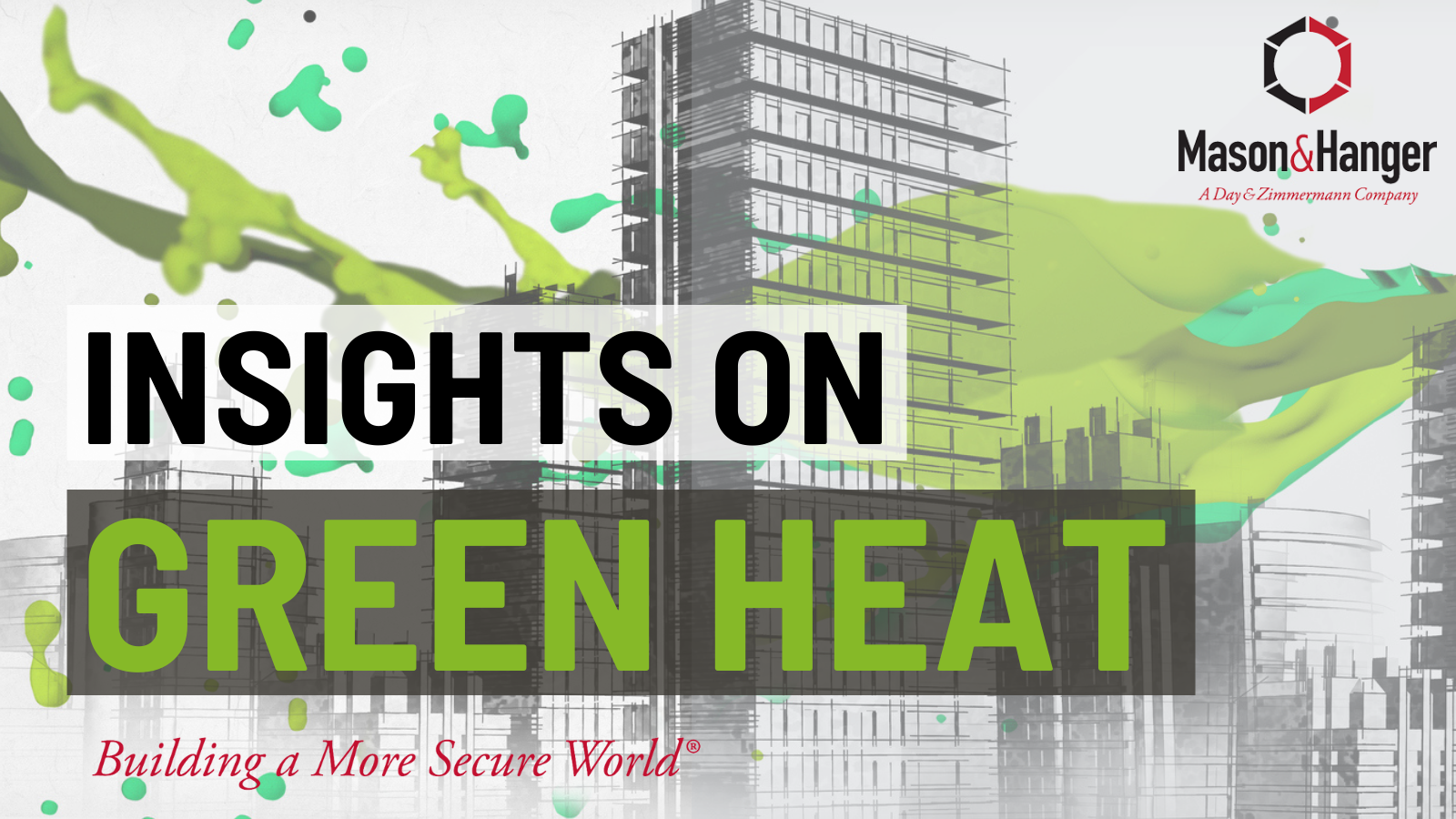In the 1800s, steam was king, allowing us to do new and powerful things. After more than 200 years, it’s no longer considered high-tech, but is still widely used in heating systems, and in many more industrial processes than necessary. This is unfortunate since it has inherent inefficiencies and much higher emissions than other methods of heat.
While there are legitimate needs for steam in some applications, the main reason for its longevity is its simplicity. Just build a giant fire (boiler) to evaporate water and let the steam go wherever it’s needed. Unfortunately this simplicity comes at a cost, as even the newest steam systems are lucky to have an overall efficiency of 75%1 due to high piping conduction losses and limits on steam boiler efficiency. Worse, most steam system aren’t new; they’re really old and often in poor condition with damaged insulation and numerous failed steam traps. Given this, it’s likely that the majority of steam systems in the U.S. have overall thermal efficiencies below 65%. This is costly, but also troubling because nearly all steam is produced by combustion of fossil fuels, resulting in enormous emissions.

Old-timey Steam Boilers – Not unlike many still used today (Source: Heritage group of the CIBSE)

All too common sight in the district steam systems. Flash-tank vents and failed steam traps continuously waste energy. (Source: Getty Images)
To make a dent in the pollution associated with heating, we need to phase-out steam wherever possible. Below are some recommendations for doing this.
Don’t Use Steam to Heat Buildings …Period
Remember, we’re only trying to heat buildings to 70-72°F. We don’t need 350°F steam to do this.
New buildings or renovations should utilize low temperature water (<130°F) or warm air from heat pumps as a source of heat. One-off replacements of air handling units and coils should be done with low-temp hot water coils in lieu of steam coils. In this case, existing steam lines may provide the energy, but a simple heat exchanger and circulator should be installed so that the coil itself is using warm water. This adds a modest degree of complexity, but will make transitioning to a hot water system much easier and prevent the new equipment from being locked into steam for decades to come.
All existing buildings heating systems that use steam should be reviewed and a building or site-wide plan should be implemented to phase-out steam for general heating.
Don’t Use Steam to Heat Service Water in Building …Period
There are better ways to heat water for hand washing and showers in buildings. Air-to-water heat pumps have significantly better performance than they did just a decade ago, and new products are available that can heat water to 140°F at outdoor temperatures as low as 0°F. Worst case, use natural gas condensing boilers to get the job done.
Use Dedicated Steam Systems for Small Process Loads
For relatively small loads that must have steam, like humidifiers or autoclaves, use point-of-use steam generation, or create a small, dedicated clean steam loop. This can improve the quality of the steam supplied to these small loads and can reduce treatment burden on the larger steam system.
Re-Assess the Need for Steam in as Many Processes as Possible
Steam is frequently used just because it’s available and convenient, not because is absolutely necessary. Industrial processes like drying, curing, and washing typically do not require high temperatures and can be served from hot water sources or other means.
When equipment is replaced, options that don’t require steam should always be explored. As with HVAC applications above, there are options for temporarily serving equipment with steam until a higher-efficiency hot water loop can be constructed.
Plants should have periodic assessments to look for opportunities to move equipment off of steam. This will allow for reduced stand-by losses as branches can be isolated and the number of traps can be reduced.
Steam: the Coal of the HVAC World
Just as more people are realizing that coal is problematic because of its high carbon content and particulate emissions, steam should be considered equally undesirable. There are far too many cases of large, inefficient, and deteriorating steam systems that continue to be patched-up and even expanded just because it’s easy. Unfortunately, every time a new piece of equipment is added to an existing steam system, it makes it more difficult to make the change to better sources of heat.
Read Rob’s first blog Insights on Green Heat: Ways to Improve Energy Productivity and Reduce Our Emissions here.
1Assuming a combustion efficiency of a new boiler of 85%. Distribution losses, and blowdown can take an additional 10% of energy even on a well-maintained system.


